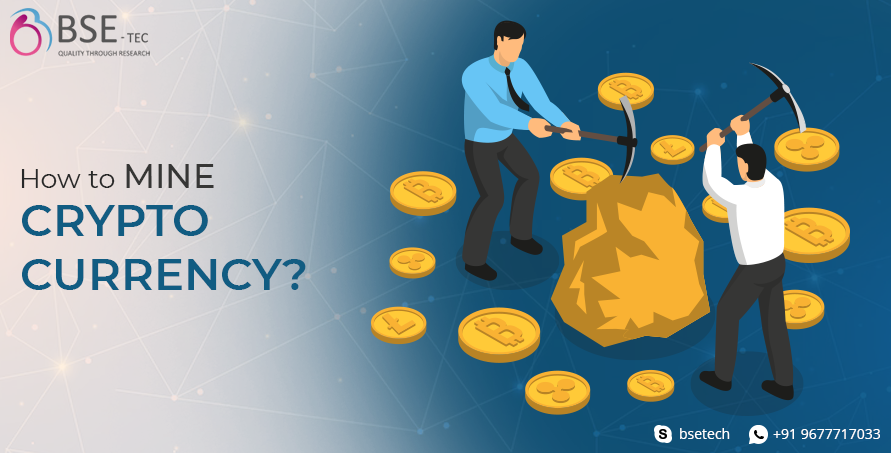How to Mine Cryptocurrency?

Mining cryptocurrency involves validating and adding new transactions to the blockchain ledger of a particular cryptocurrency. The process typically requires powerful computer hardware and specialized software. Below is a general overview of how to mine cryptocurrency:
1. Choose a Cryptocurrency to Mine
Decide which cryptocurrency you want to mine. Popular options include Bitcoin (BTC), Ethereum (ETH), Litecoin (LTC), and many others. Keep in mind that some cryptocurrencies are more profitable to mine than others, depending on factors such as the mining difficulty and the value of the cryptocurrency.
2. Get the Required Hardware
Mining cryptocurrency requires powerful hardware, especially for more established cryptocurrencies like Bitcoin. Miners often use specialized computer hardware known as ASICs (Application-Specific Integrated Circuits) for efficient mining. For some other cryptocurrencies, you may use GPUs (Graphics Processing Units) or CPUs (Central Processing Units) if the mining algorithm allows.
3. Set Up a Mining Rig
Once you have the hardware, assemble it into a mining rig. Ensure that the rig has proper cooling to prevent overheating, as mining can be resource-intensive and generate a significant amount of heat.
4. Choose a Mining Pool (Optional)
Mining pools are groups of miners who combine their computing power to increase their chances of successfully mining a block and receiving rewards. Joining a mining pool can be a more consistent way to earn rewards, especially for individual miners with limited resources.
5. Install Mining Software:
Install the mining software specific to the cryptocurrency you’re mining. The software connects your mining rig to the blockchain network and helps in solving complex mathematical puzzles to validate transactions and add them to the blockchain.
6. Configure and Start Mining
Configure the mining software with your mining pool’s details, such as the pool address and your worker credentials. Once set up, start the mining process, and your rig will begin solving cryptographic puzzles to compete with other miners on the network.
7. Monitor and Secure Your Mining Operation
Regularly monitor your mining rig’s performance and earnings. Keep track of hardware health and temperature to ensure smooth operation. Additionally, implement security measures to protect your mining setup from potential cyber threats.
8. Receive Mining Rewards:
When your mining rig successfully solves a block, you will be rewarded with a certain number of newly minted coins and any transaction fees associated with that block. The rewards will be sent to your wallet address.
Mining cryptocurrency has become highly competitive, especially for major cryptocurrencies like Bitcoin. The mining difficulty and energy consumption have increased significantly over the years. As a result, individual miners may find it challenging to compete with large mining farms. Before starting, it’s essential to research the costs, potential rewards, and environmental impact associated with mining to make an informed decision.
Did you find this article useful? Let us know by leaving a comment below, or join us on Twitter and Facebook.




